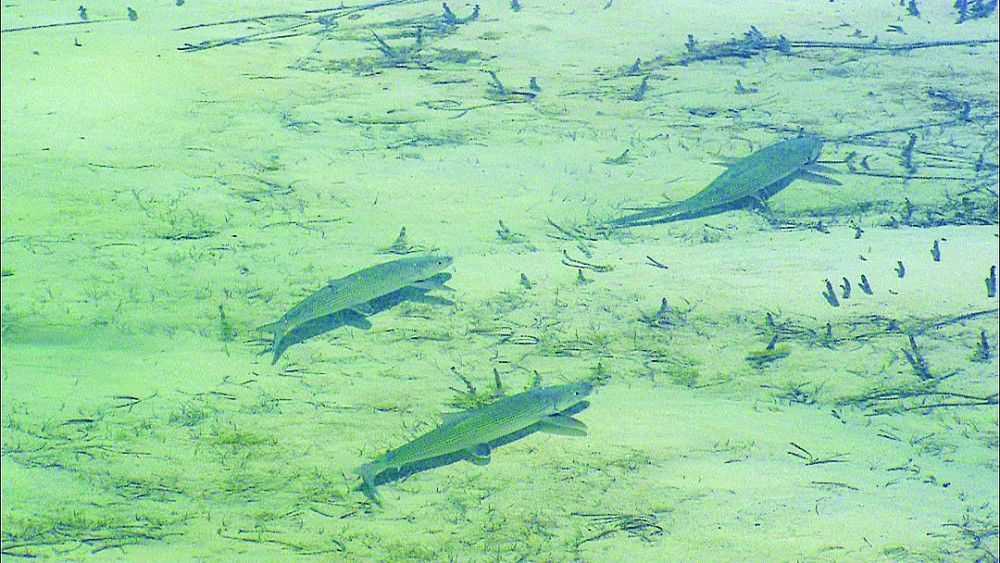Photo by Kathryn Maroun
Bonefish & Tarpon Trust Announces Bonefish Restoration Project
The Bonefish & Tarpon Trust (BTT), in collaboration with the National Fish and Wildlife Foundation (NFWF) and Florida Atlantic University’s (FAU) Harbor Branch Oceanographic Institute (HBOI), is seeking to pioneer the methods of spawning and rearing bonefish in captivity as a means of restoring the valuable recreational fishery in the Florida Keys and adding an important tool to the conservation and restoration toolbox for fisheries worldwide.
Bonefish are integral to Florida’s travel and tourism industry. It is estimated that bonefish, tarpon and other species in the “flats fishery” contribute more than $465 million to the economy in the Florida Keys.
The Bonefish & Tarpon Trust is initiating this innovative $3 million research project with a $1.5 million grant from NFWF. To receive this support, BTT must raise a required 1:1 match from other sources. The money will be used to equip laboratories at HBOI as well as cover the expenses of a five-year research program to be conducted by FAU faculty and students.
Bonefish populations have been in decline in recent years, with some estimates that the decrease is as much as 90 percent in some areas in the Florida Keys. BTT uses a science-based approach to learn about and identify threats to bonefish, tarpon and permit fisheries in the U.S. and Caribbean basin and applies a combination of research, stewardship, education and advocacy efforts to address areas of concern.
“This unique project will provide an important tool in our efforts to restore the Florida Keys bonefish fishery, and we are confident the excellent team at Harbor Branch will help us achieve the project goals,” said BTT Executive Director Jim McDuffie. “Learning to spawn and raise bonefish in a captive setting has significant implications for the Keys fishery and fishery conservation efforts in general.”
Concurrent with this five-year project, BTT’s multi-pronged efforts to understand the root causes of the Keys fishery decline are ongoing.
